An American toad (Bufo americanus) is indifferent to my approach at the Rattray Marsh on Thursday. © BCP 2010
I decided on the eve of the first day of summer that I would write about this placid toad that I encountered this past Thursday on my exploratory excursion to the Rattray Marsh in south Mississauga. . . . I will get to the toad. But I’ve just come from a wonderful dinner on the recently opened upstairs patio of Le Papillon on the Park. (The newly upgraded park being directly across from Ashbridge’s Bay) and feel compelled to digress.
I was commenting to my dinner companions that the location of the patio’s tables, at treetop level next door to Pump House Park, (the pump buildings taking used water (aka sewage) to the wastewater treatment facility on the south side of Lakeshore Blvd. ) was both quintessentially urban and yet delightfully natural. When I mentioned this, they said, “Yeah, it’s just like Wild About The City. You should write about it.”
At that very moment, I was watching a few dragonflies (species hard to determine, and, alas, no camera) go about their evening business not a metre away, while above us, seagulls traced brilliant white paths across an azure sky filled with pinkening clouds. Beside us, the big, bushy blossoms of a dozen catalpa trees in bloom turned the treetop restaurant into a bower. (A natural arbour, but not native, I’m sorry to say. A 2009 advisory from the Ministry of Natural Resources recommends against planting the beautiful Northern catalpa (Catalpa speciosa) as they are an introduced species “which often contribute little to our ecology and the web of life that sustains us.”)
Oh well. A treetop dinner on a lovely summer evening, competent service and delicious food. (A few problems with the bar, according to the professional bartender in our happy gang.) I’ll be going back to get some more of that wild/city dining again this summer.
Now. As for my the little toad at the top of the page: I found him at the Rattray Marsh, just sitting perfectly still on the shale, almost completely hidden under a fallen log. He was very patient with me and let me approach quite closely. (Frogs, I’ve found, not so much on the compliant photographic subject side. When stalking a frog to take its picture, I’ve found I have to move glacially and perfectly silently. Otherwise, jump! and they’re gone.)
Another view of the toad at the marsh. Pretty darn good camo, I’d say. © BCP 2010
I wasn’t sure what type of toad I’d met until I consulted some references back at home, but it was easy enough to decide after looking at a website listing the amphibians and reptiles of Ontario on the federal government’s Natural Resources Canada website. There my little pal was: An American toad (Bufo americanus.) The website page says that this toad is the most terrestrial of Ontario’s amphibians and that it likes urban yards and gardens as well as heavily forested areas, where there is an abundance of moisture and food (insects.)
Yup. Rattray Marsh checks out for matching habitat. I’ll write more about my visit to this significant wetland salvage project on the shore of Lake Ontario in another post soon.
© BCP 2010


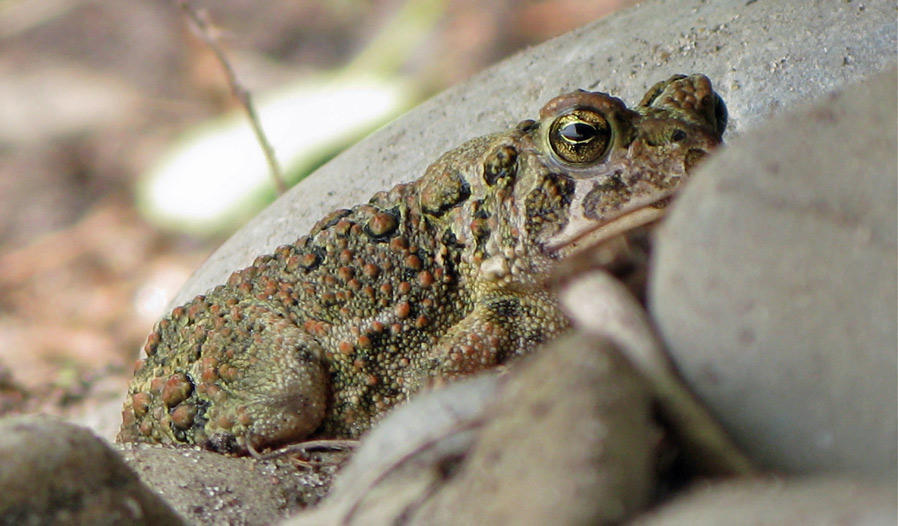
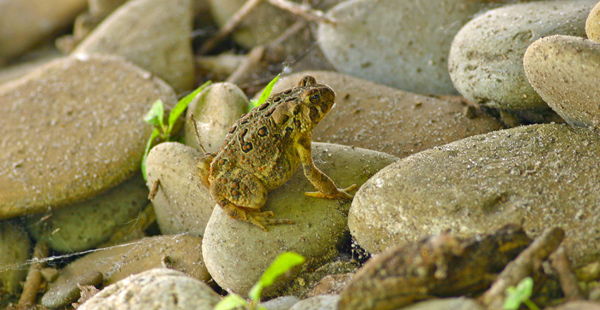
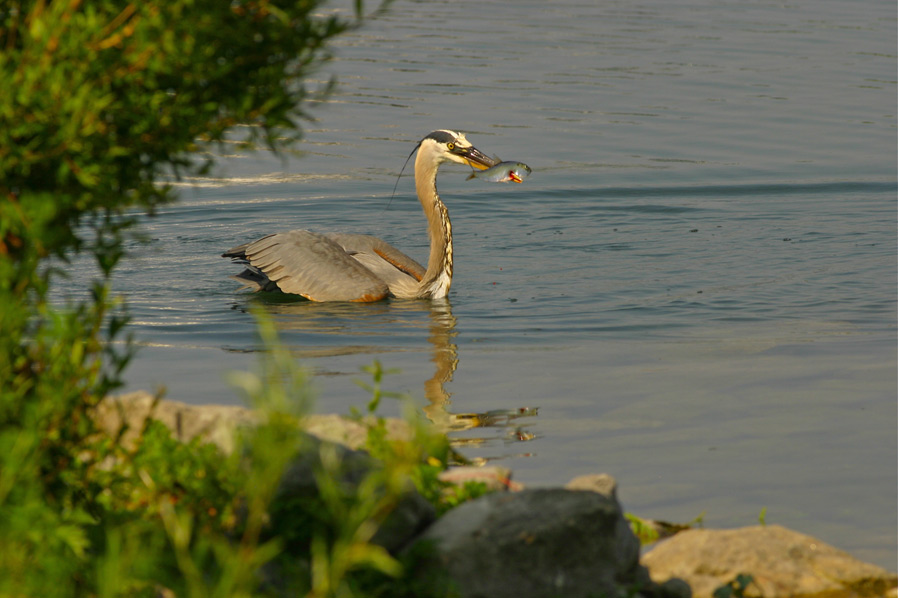
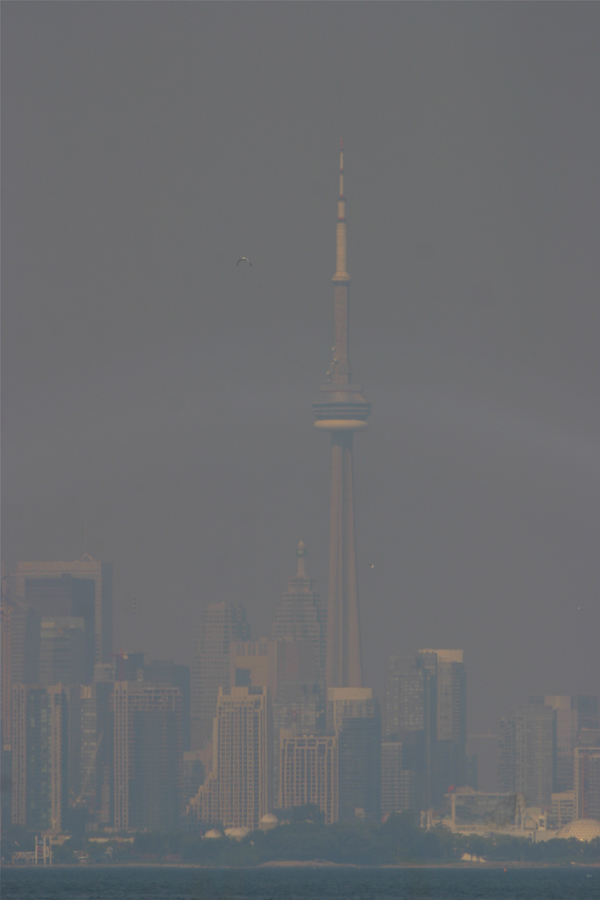
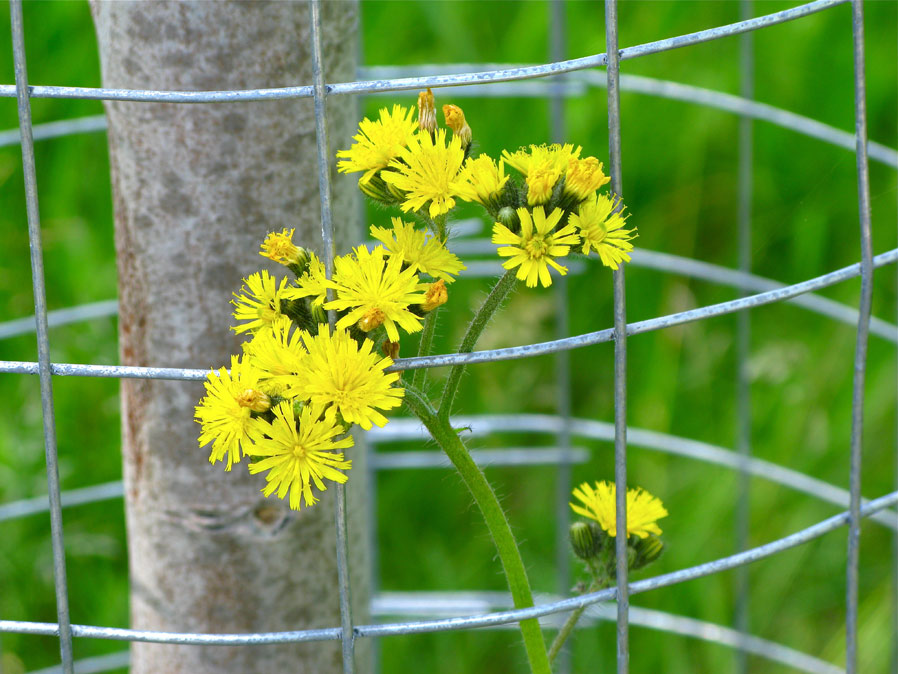
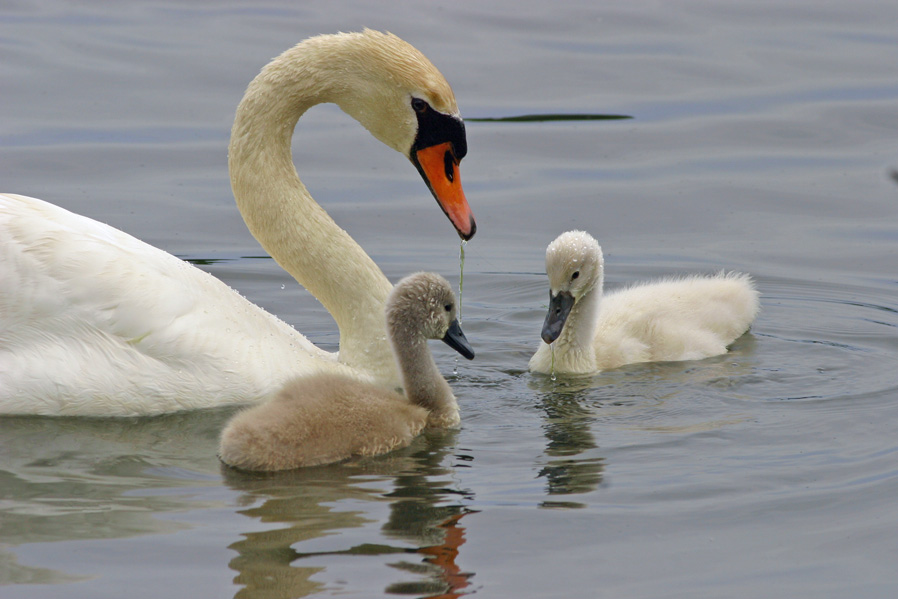
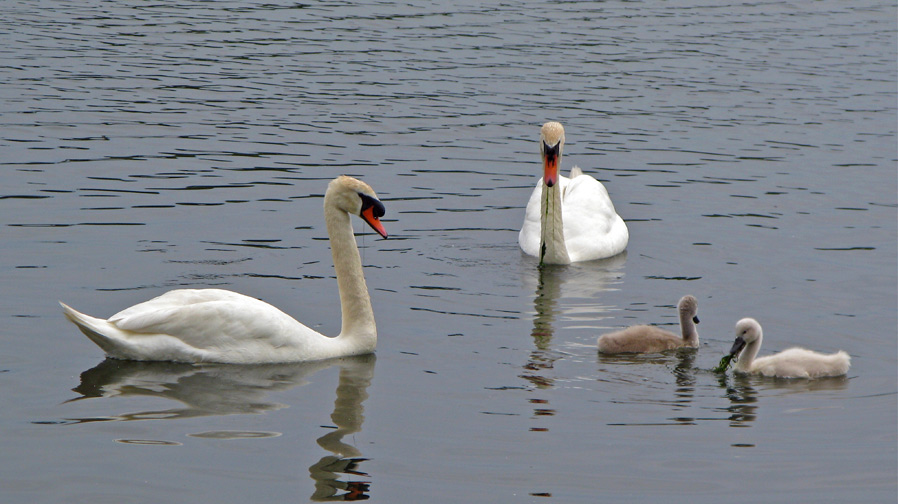
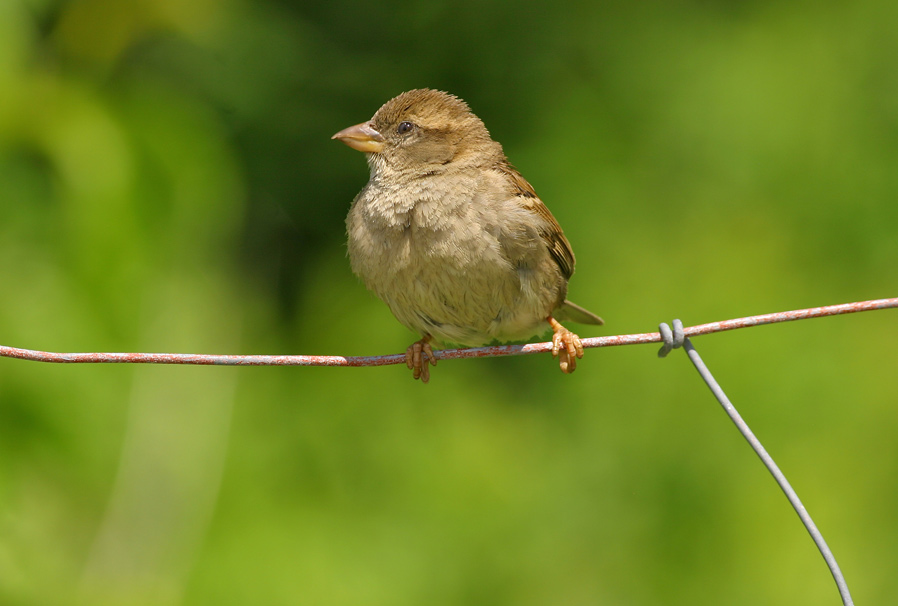
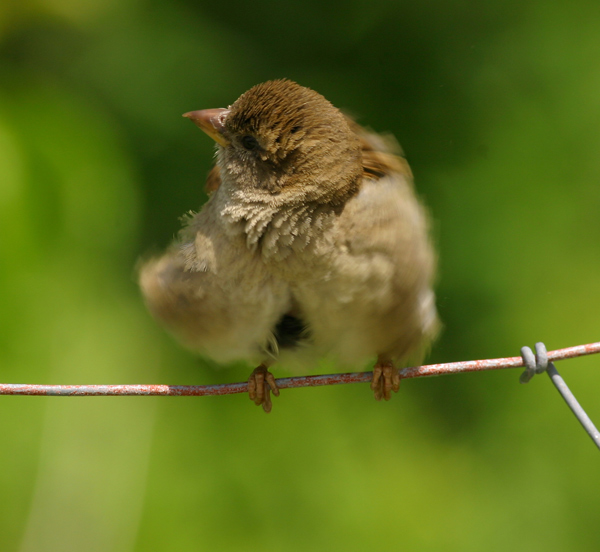

no comments